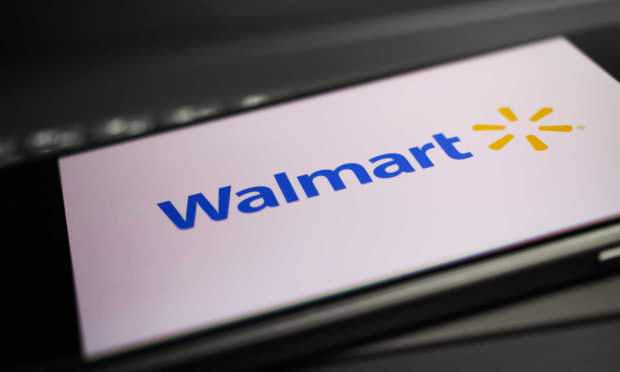Walmart CEO: We’re a More Digital, Relevant, Omnichannel Retailer

By most measures, the past three months have been some of the toughest that Walmart has faced in decades, as the bite of inflation has inflicted turmoil and pain on both the lives of its customers as well its own bottom line.
But from the viewpoint of Walmart CEO Doug McMillon, the present economic challenges are also presenting a great opportunity for a company in transition to capitalize on, as reflected by its Q2 strides in digital, groceries, delivery and new undertakings such as advertising.
“We’re building a different business and we’re making progress,” McMillion told investors and analysts on the company’s second-quarter earnings call Tuesday (Aug. 16) morning, while noting that “mid-teen growth” in its food and consumables business were driving market share gains, as new — and different — customers seek relief from high prices.
“The quality, value and convenience we offer makes Walmart a smart choice and we’re seeing more middle and higher income shoppers choose us,” McMillon added.
More Digital and Relevant
As much as Walmart, like all of its retail peers and rivals, said it saw improvement toward the end of its second quarter which ran through July 31, it also expects inflation to continue to be a factor and influence on consumers’ choices for the foreseeable future.
While Walmart said it is still “adjusting to that reality” and working through places where it has too much inventory, the 60-year-old chain is continuing to make progress on its broader strategy.
“We’re becoming more digital and even more relevant as an omnichannel retailer, and the related businesses like fulfillment and advertising continue to grow,” McMillon said, adding that Walmart “would be ready” for the Halloween to Christmas busy season with a cleaner inventory position and a strong seasonal presence.
Officially, Walmart’s U.S. eCommerce business saw a 12% increase in sales, which was nearly double the rate of comp store gains, while its global advertising business grew nearly 30%.
“Speed matters,” McMillon said. “[We’re] getting items to customers faster while lowering the cost of delivery through a significant increase in the number of orders fulfilled by stores,” he added, noting a volume increase of nearly 40% from a year ago.
At the same time, the white label delivery platform service, Walmart Go Local, passed 1 million deliveries in its first 11 months, and is targeted to have 5,000 pickup locations by the end of the year.
As much as Walmart+ is a priority for the retailer’s fight against the larger Amazon Prime, the company’s recent addition of a free streaming media offering thanks to a newly announced partnership with Paramount is expected to boost interest when it becomes available in September.
“Despite the short term challenges we’re facing this year, we continue to advance our flywheel strategy and diversify our income streams,” new CFO John Rainey said on his first conference call since joining Walmart from PayPal mid-quarter.
In addition to the growth and commitment to building the global advertising business at Walmart Connect and Flipkart, the retailer was also deepening its relationship with customers.
“We now have over 240 million items in our U.S. eCommerce assortment and our marketplace seller count has increased about 60% year over year,” Rainey said. “Our business is resilient, and with the omnichannel capabilities we’ve built, we’re better positioned now than we were in prior periods of economic softness.”
For all PYMNTS retail coverage, subscribe to the daily Retail Newsletter.